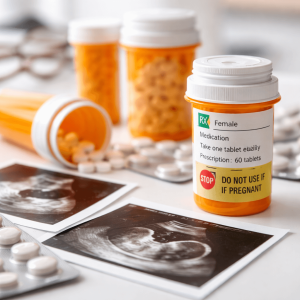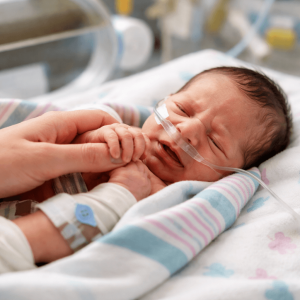
Pregnancy Category X Drugs List: What “X” Means and What to Ask Your Doctor
If you searched for a “pregnancy category x drugs list,” you likely want one clear answer: Is this medicine safe in pregnancy? In the older FDA letter system, Category X was the highest-risk label, meaning the drug should not be used in pregnancy because fetal risk is known and the risk outweighs any possible benefit.
One important update is that the FDA no longer uses the A, B, C, D, X letters on new prescription drug labels, and the newer format explains pregnancy risk in plain language with a short risk summary and the facts behind it. That is why you may see “pregnancy category X” in older sources but not on many current labels.






